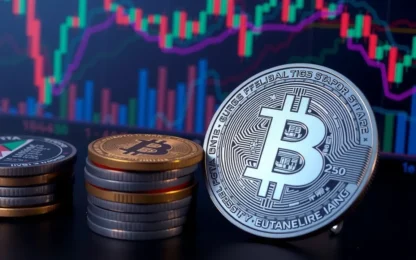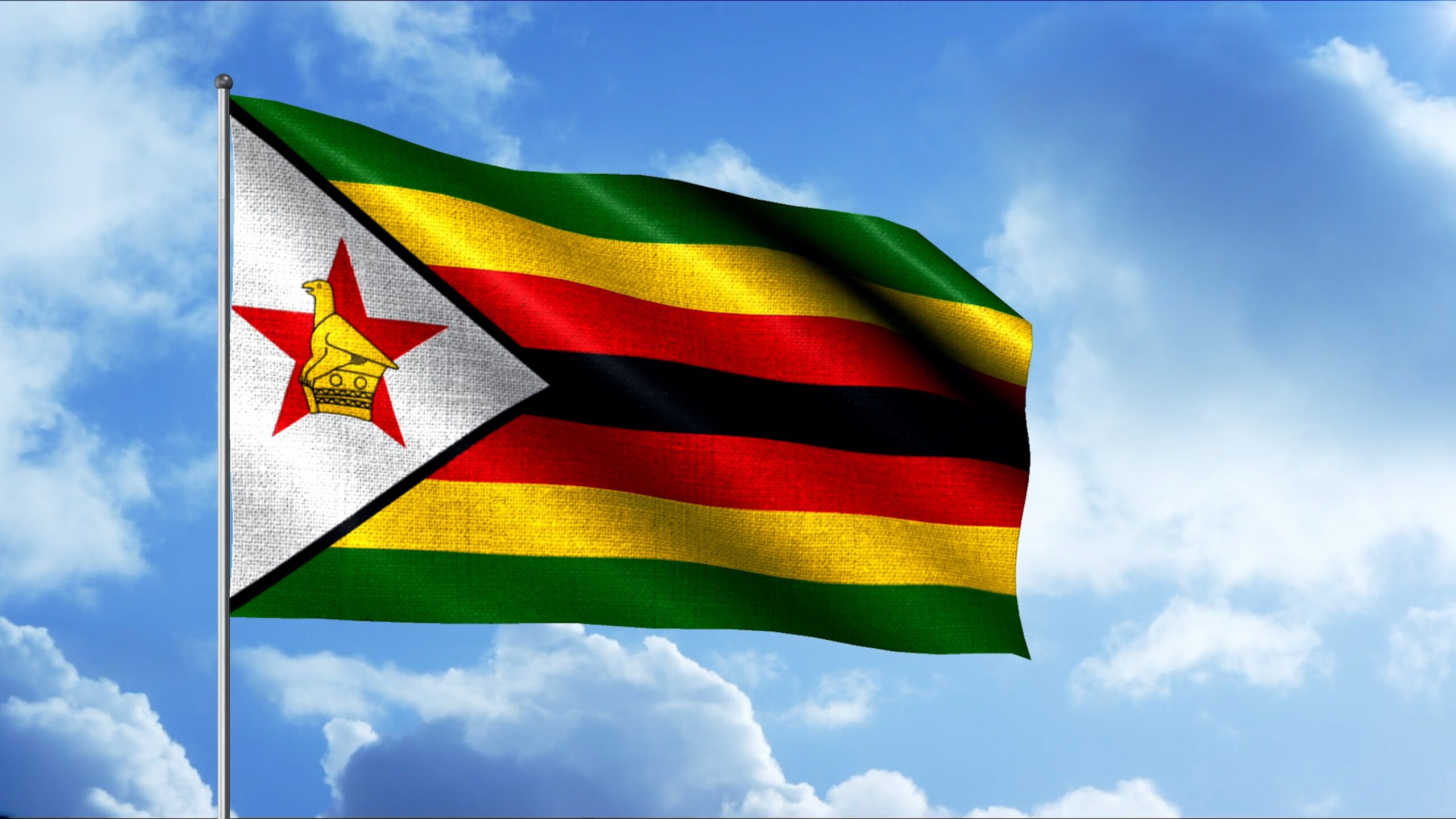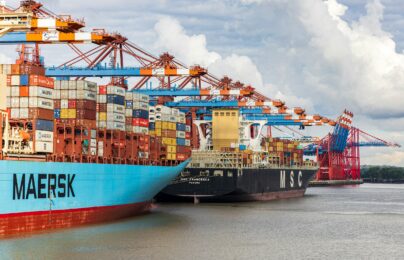
Zimbabwean dollar collapsing: ZWL/USD down 94% in a year & capital controls increasing
- The Zimbabwean dollar is down 94% in the last year. It has devalued 99% since launch in 2019
- Interest rates hiked to 150%, highest in world, alongside other measures to boost demand for local currency
- Zimbabwe’s previous currency collapsed in 2009 and economy remains heavily dollarised
In an ominous episode of “history on repeat”, Zimbabwe is hiking interest rates further and will begin selling foreign currency at market-determined rates as it strives to protect its slumping domestic currency.
The Zimbabwean currency (ZWL) was re-launched in 2019 following a turbulent period of dollarisation. The former Zimbabwean dollar (with the currency symbol ZWD, rather than the current currency which goes by ZWL) collapsed in 2009 in what was one of the most egregious and damaging hyperinflationary episodes in modern economic history.
The new Zimbabwean dollar has been under massive pressure, however. The divergence between the black market rate and the official rate has been widening continually, while even looking at the official rate shows the currency has shed 94% of its value in the last year. Over the last four years, it has devalued 99%.
The nation remains quasi-dollarised with the pain of 2009 fresh in the memory. Dollarisation officially ended in 2019 when the new edition of the Zimbabwean currency was launched, and all foreign currency transactions were banned. This aimed to put an end to the multi-currency system that had been in place since 2009 and boost demand for the local currency.
However, as has been the case repeatedly throughout history, citizens were reluctant to trust the new currency amid the ban, and circumvented government orders to continue to use dollars on the black market.
The administration relented in 2020, lifting the ban on foreign currency transactions. Today, estimates of the prevalence of the US dollar in the economy come in at around the 80% mark.
Now, the Zimbabwean administration is again pushing the ZWL whilst cracking down on foreign currency. Measures announced by the Zimbabwean treasury include a 1% tax on all foreign payments, with customs duties and other fees to be paid in local currency.
Foreign reserves will also be pursued. “All export proceeds that remain unutilised after 90 days will be liquidated (on) the interbank market”, added Finance Minister Mthuli Ncube in a statement last month.
Zimbabwe has the highest interest rates in the world
Copy link to sectionWith a currency selling off drastically and pernicious inflation, Zimbabwe is also hiking interest rates. It has the largest policy rate in the world, this hike lifting the rate from 140% to 150%.
The central bank had previously cut rates from 200% to 150% in February as inflation showed signs of easing. After hitting 285% in 2022, it was down to 87% in March 2023. It has rebounded since, however, with the most recent reading in May coming in at 131% and now prompting the central bank to hike rates.
The distrust of the currency is a more pernicious version of what is happening in Turkey, which we wrote a piece on last week. Similar is happening in Argentina, where sky-high inflation, dizzying interest rates and a heavy preference for US dollars amongst citizens is causing an existential crisis (deep dive on Argentina here).
And like all currency crises, the selling momentum is challenging to stop once it starts.
Will the Zimbabwean dollar collapse?
Copy link to sectionWere this any other country – say, Turkey or Argentina – it would be an extreme challenge to pull the currency back from the brink in this situation. But the psychological impact of the 2009 crisis means that in Zimbabwe, it is even tougher again to re-instil confidence in the domestic currency. 2009 is only fourteen years ago, and Zimbabwean society bears the scars today oh-so-evidently.
In isolation, restricting the use of foreign currency, as well as absolving to automatically liquidate the foreign exchange reserves of exporters if they do not sell, will by definition create demand for ZWL. But the concept of money is a societal construct, and only holds value if people believe it holds value. In other words, it is a confidence game. With these aggressive measures highlighting the desperation of the regime, the widening chasm between the official rate and the black market rate, and the fact the former local currency collapsed so recently, it is beginning to feel far-fetched that this can be turned around.
Perhaps the most damning indication of the panic was the announcement in April that the central bank would introduce a gold-backed digital currency, with the “tokens” transferable between people and businesses as a form of payment.
This comes less than a year after physical gold coins were launched in July 2022, as yet another attempt to peel back use of the US dollar and bolster monetary confidence. The coins were too expensive for the majority to afford and use, especially for basic items. These new digital tokens are meant to ensure even “those with low amounts” of money can participate, according to John Mangudya, governor of the Zimbabwean central bank, “so that we can leave no one (behind)”.
Between the exotic and the ambitious, the unusual and the desperate, options to prop up the domestic currency are running out for Zimbabwe and its central bank. Citizens of the country have seen this movie before, and while the original had no mention of digital tokens or blockchains, they’ll likely be able to guess how it ends regardless.
More industry news








